Who is the mysterious beauty in the eccentric works of design legend Fornasetti?
You’ve seen her face on decorative plates, pillows, candles, wallpaper, and furniture. Her black and white visage is sometimes altered or reworked to include fanciful, sometimes surreal touches like butterflies, masks, even a Dali-esque mustache. Her haunting gaze catches your attention and draws you into a world of dreams and fantasy. Is this enigmatic beauty merely the creation of Piero Fornasetti (1913-1988), the Italian artist who worked in a variety of aesthetic disciplines?
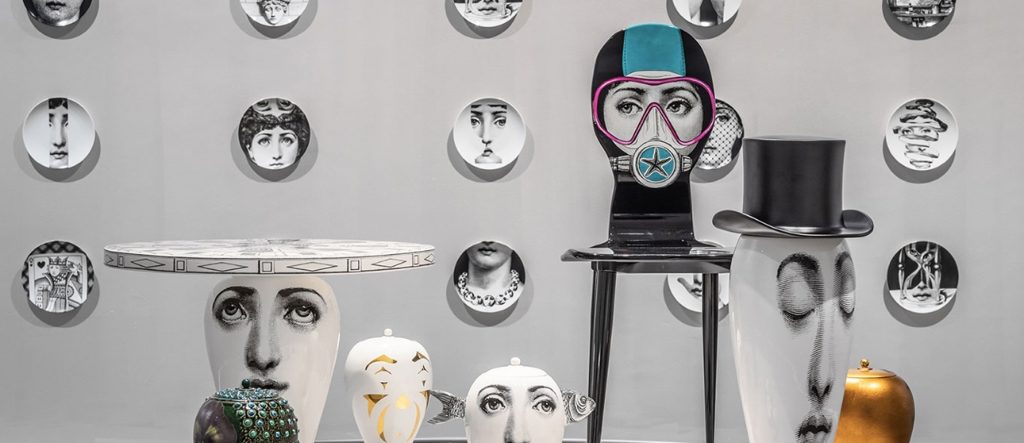
The woman who appears on these iconic objects was, in fact, a real person and not just someone who sprung from the profuse imagination of the design legend. From an early age, Fornasetti was relentlessly drawing. He enrolled in the prestigious Academia de Brera in 1932 but was expelled two years later for perennially clashing with the institute’s instructors. He continued to refine his methods, inspired by classic Italian artists such as Giotto, Piranesi, and Della Francesca, and by 1940, his signature style, with its witty theatrical illustrations, started to become recognizable. A pivotal moment in Fornasetti’s career took place when he met the esteemed Milanese architect Gio Ponti. Ponti encouraged the accomplished artist to produce everyday objects that would bring art into people’s homes. Thus began Fornasetti’s foray into designing and producing extraordinary and distinctive pieces for the home. He founded his eponymously-named atelier in the 1950s and achieved international recognition for his remarkable creations. Today, the atelier is under the artistic direction of his son Barnaba who has continued his father’s work since his death.
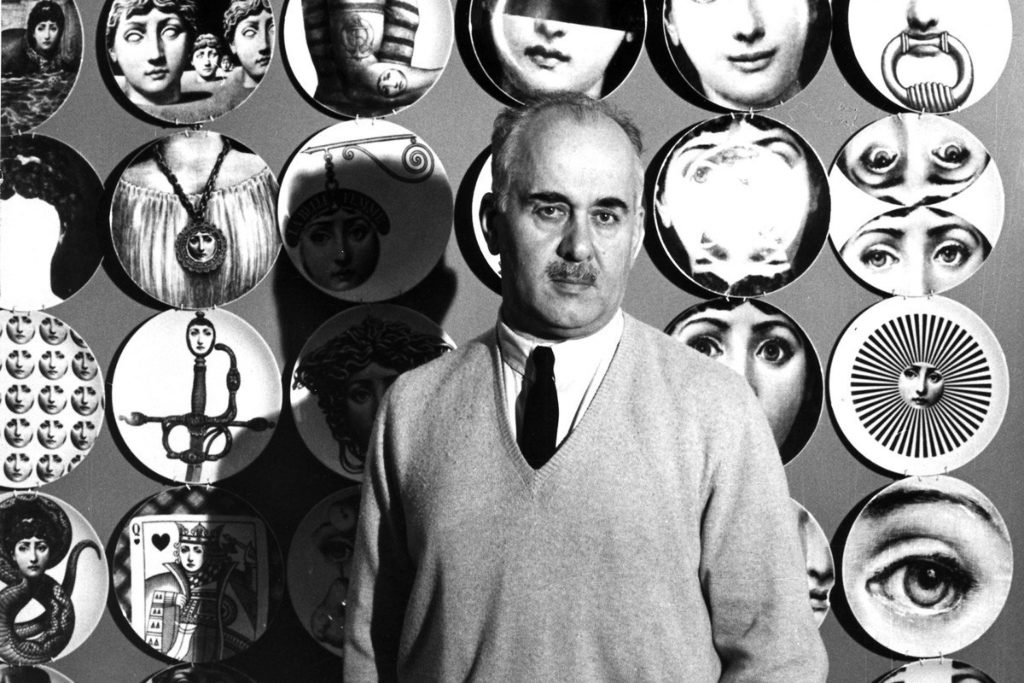
Arguably, the most recognizable and popular objects Fornasetti has produced are those featuring a woman’s face in an almost endless variety of forms and designs. Fornasetti first stumbled upon her image in a 19th-century magazine. Bewitched by her incredible beauty, he painted her visage obsessively. He would redraw her identity and transform her into a myriad of characters in his eccentric plate series Tema e Variazioni. So fascinated was he with her beauty that he created over 350 variations of her countenance. The woman who captured Fornasetti’s imagination was Lina Cavalieri, once considered one of the most beautiful women in the world and one of the defining icons of the Belle Epoque era (1880-1914).

Lina was born on Christmas Day, 1874, in Rieti, a town 80 km north of Rome. At the age of fifteen, the young beauty was sent to live in a Roman Catholic orphanage when her parents died unexpectedly. Unhappy under the strict upbringing of the nuns, Lina escaped the orphanage and joined a touring theatrical group. She eventually made her way to Paris, France, where she obtained work as a singer at one of the city’s cafes. From there, Lina went on to perform in music halls and other venues around Europe. She took voice lessons for opera and, in 1900, made her debut as a soprano in Lisbon, Portugal.
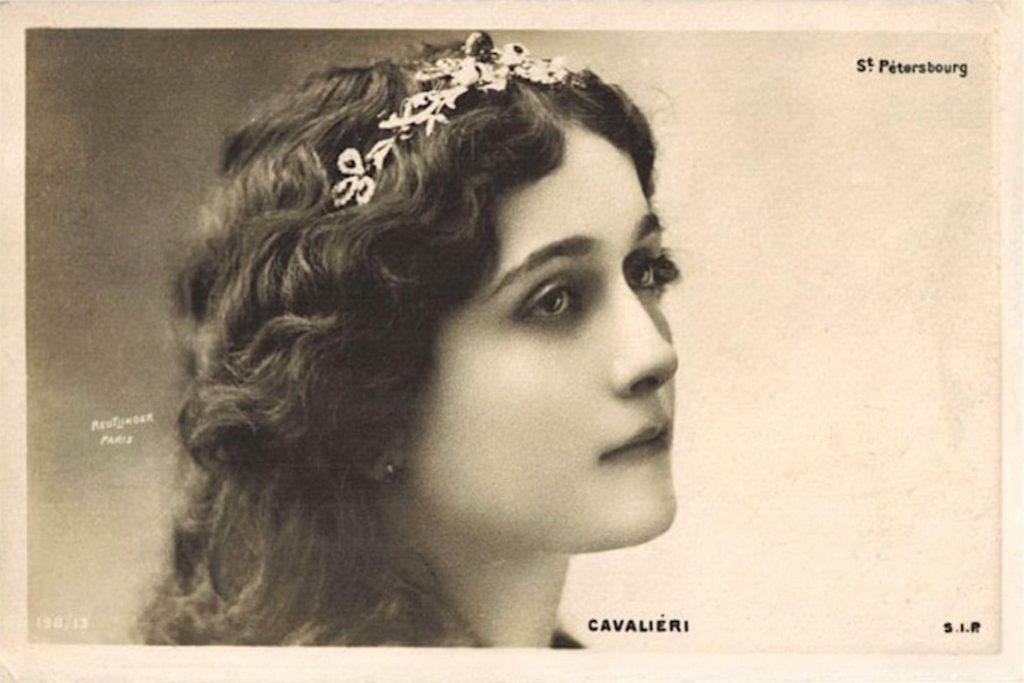
Frequently referred to as the “world’s most beautiful woman,” Lina had numerous suitors, none more illustrious than Russian Prince Alexandre Bariatinsky, who was deeply in love with her. Although they had an open relationship (which resulted in Lina giving birth to a son, Alexandre Jr.), the two could not marry because the Prince’s parents and Tsar Nicholas II strongly opposed their union. Broken-hearted, Lina continued to perform in the world’s most glamorous cities, and in 1905, she made her debut alongside the legendary tenor Enrico Caruso in New York City.
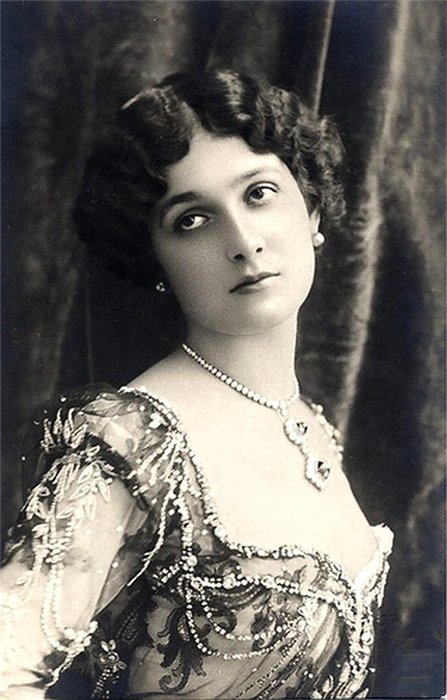
After her divorce from Robert Winthrop Chandler, a member of the wealthy Astor family, in 1912, Lina returned to Europe, where she became a much-loved star. She headlined many celebrated operas such as La Boheme, La Traviata, and Carmen, to name a few. After retiring from the stage, Lina opened the Institut de Bueaté, a cosmetic salon in Paris and wrote an advice column on make-up for the magazine Femina.
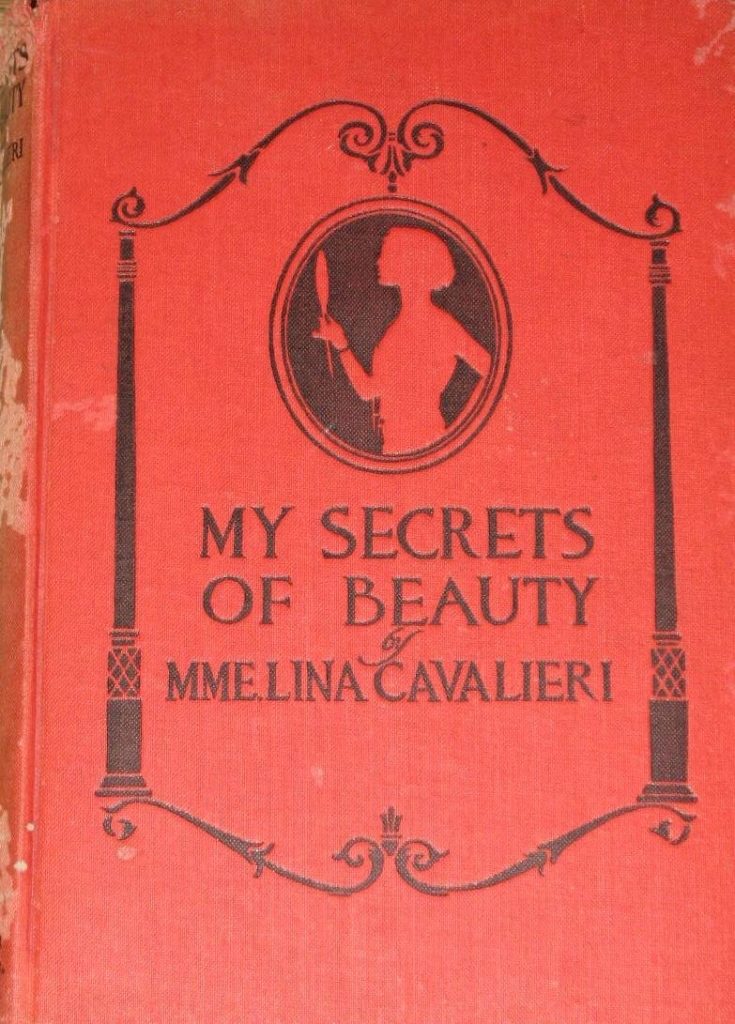
In 1915, Lina returned to her native Italy to star in motion pictures. She left Europe during World War I and appeared in four silent films in the United States. Today, almost all of her films are considered lost films. Tragically, at the age of 69, Lina died along with her 4th husband Paolo d’Arvanni during an Allied bombing air raid that destroyed their house in Florence in 1944.
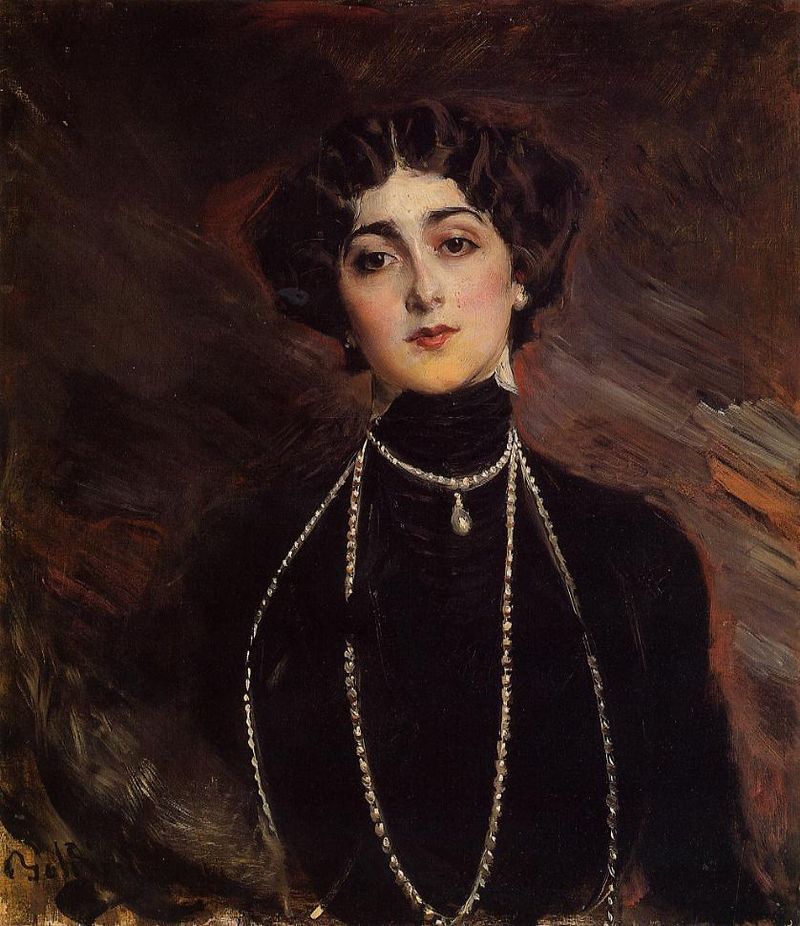
These days, people may not be familiar with the name Lina Cavalieri or her stellar achievements as a world-famous beauty, opera star, recording artist, silent film actress, columnist, author, and entrepreneur, but her stunningly gorgeous face will continue to grace the myriad fabulous objects produced by Fornasetti. It’s the legacy she had no idea she would leave behind.





